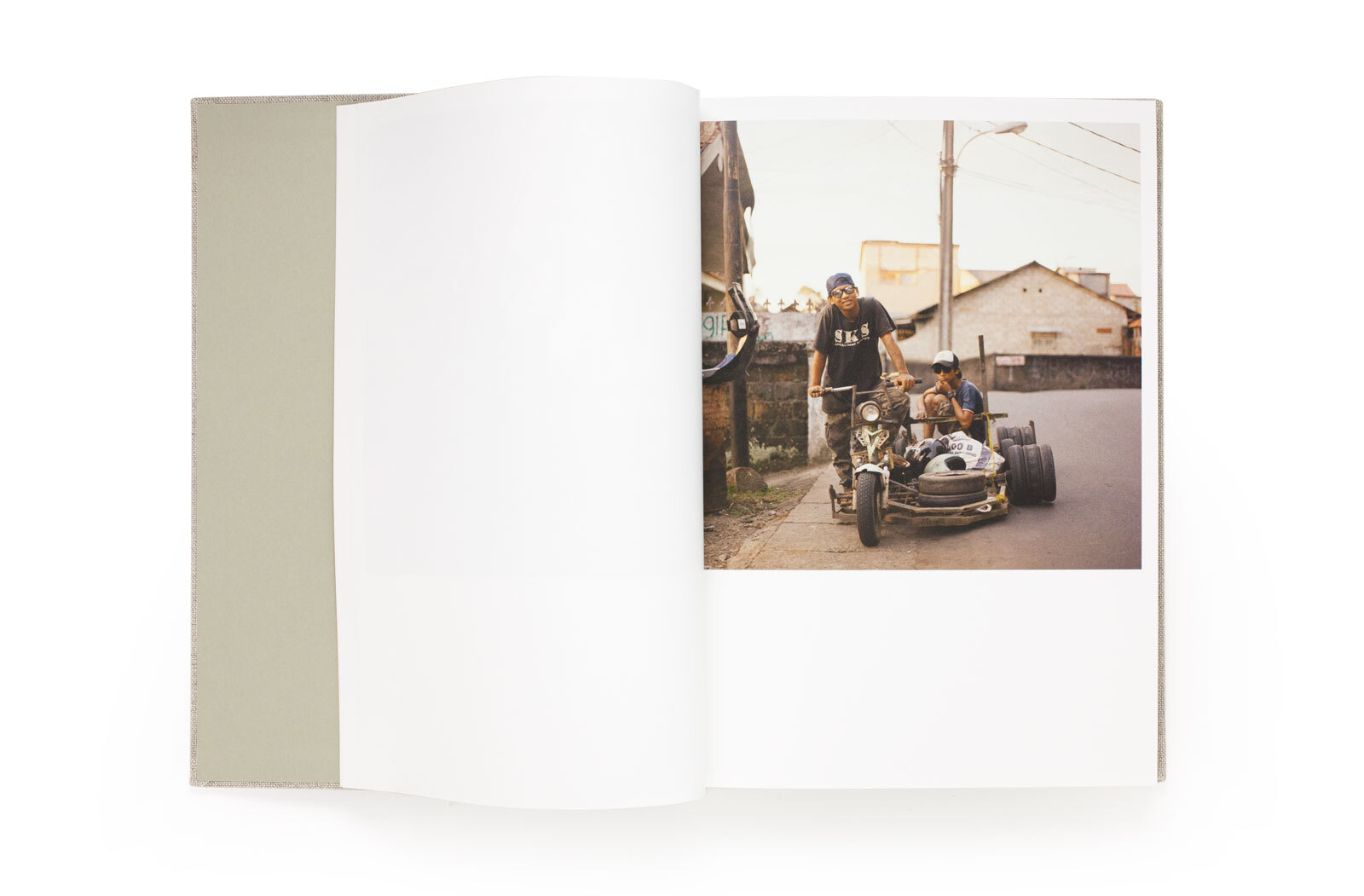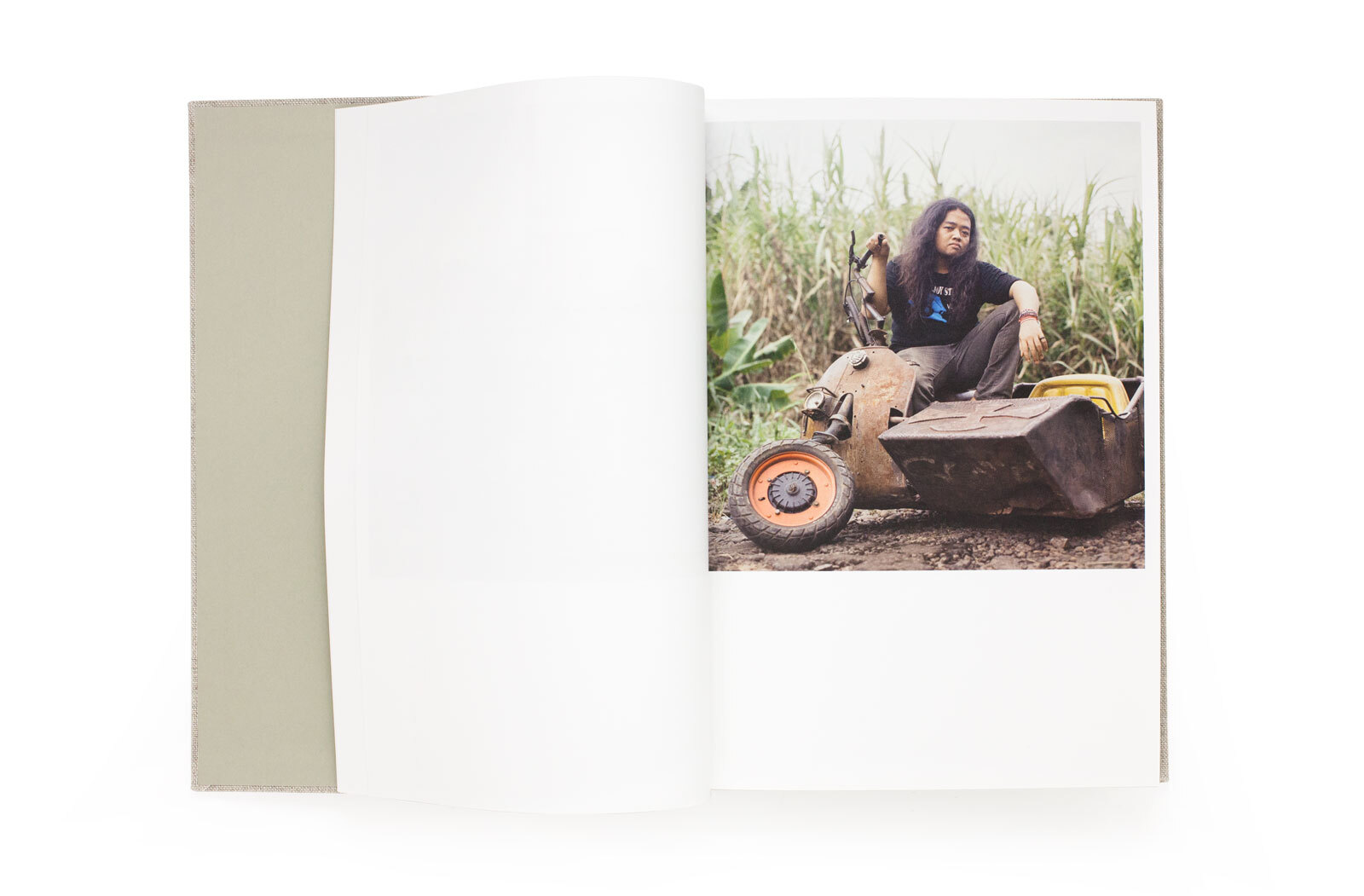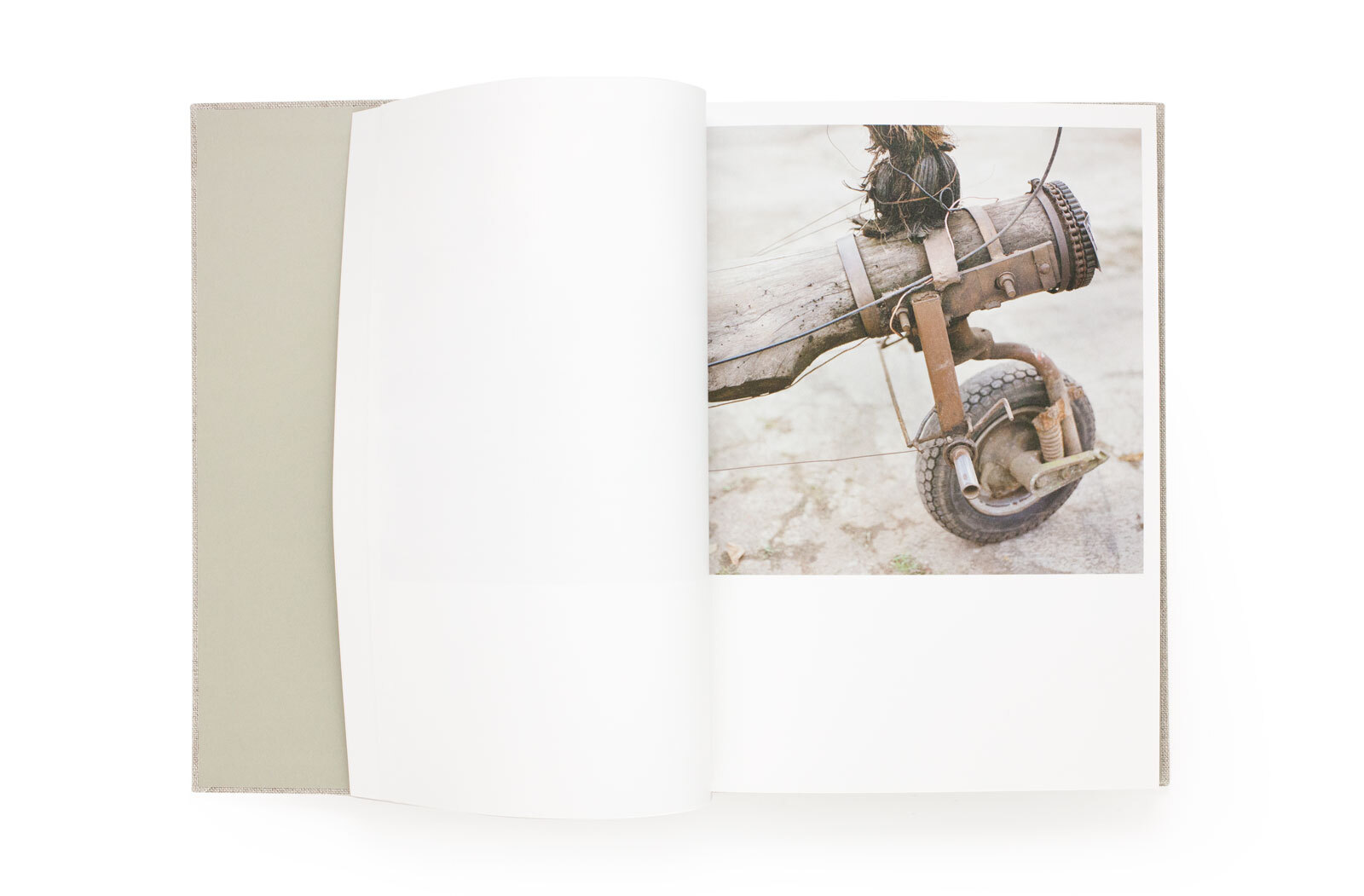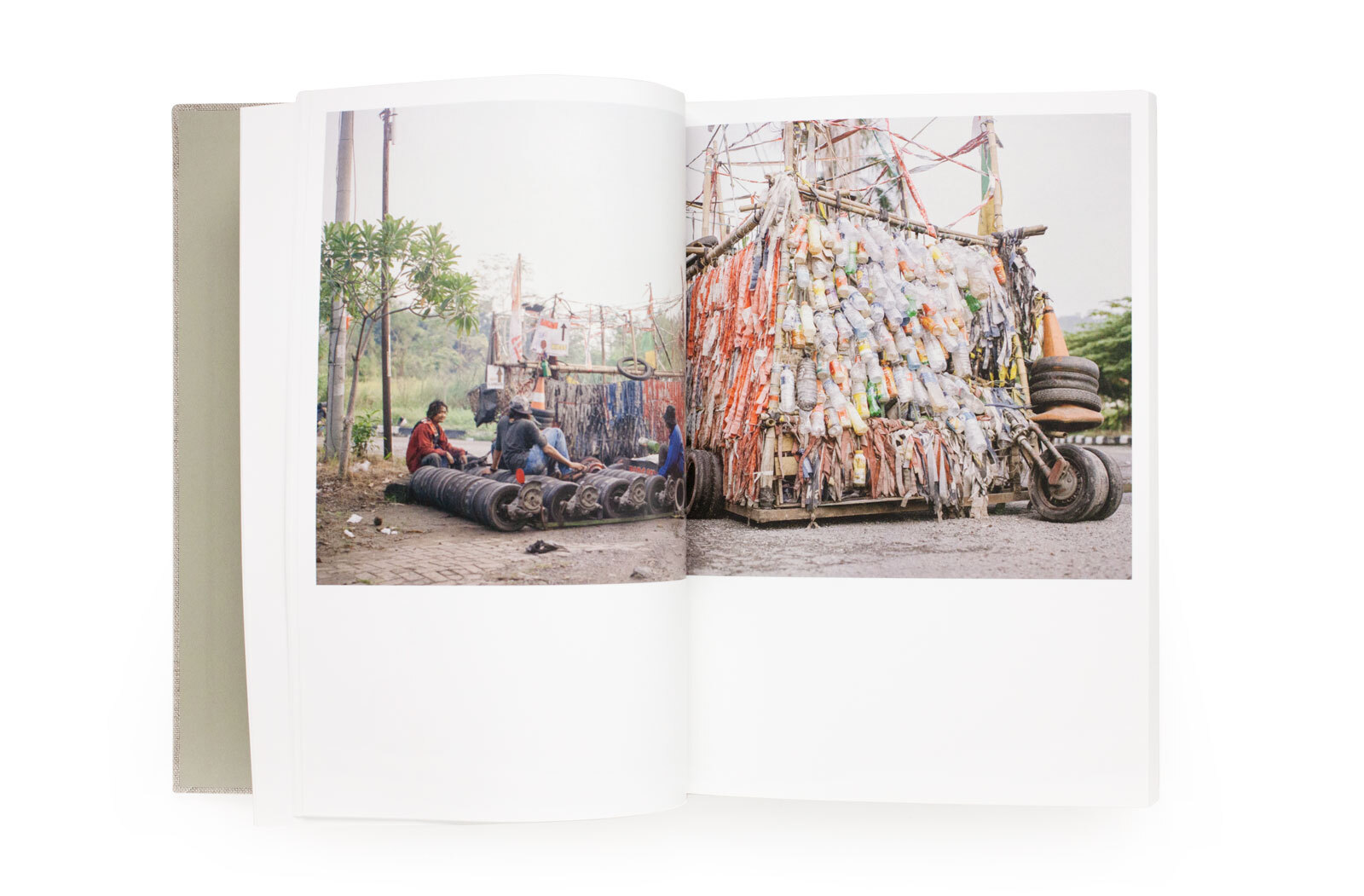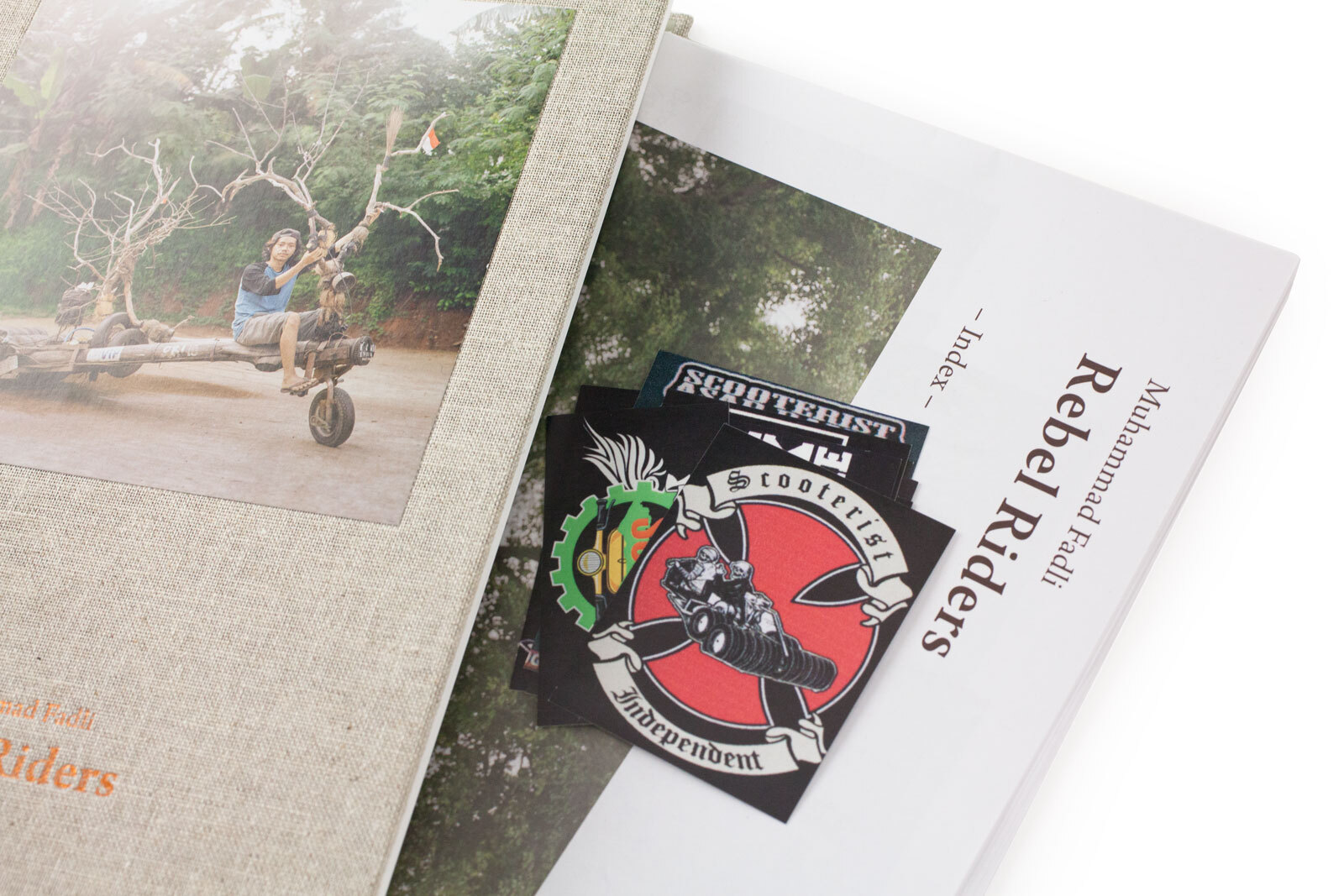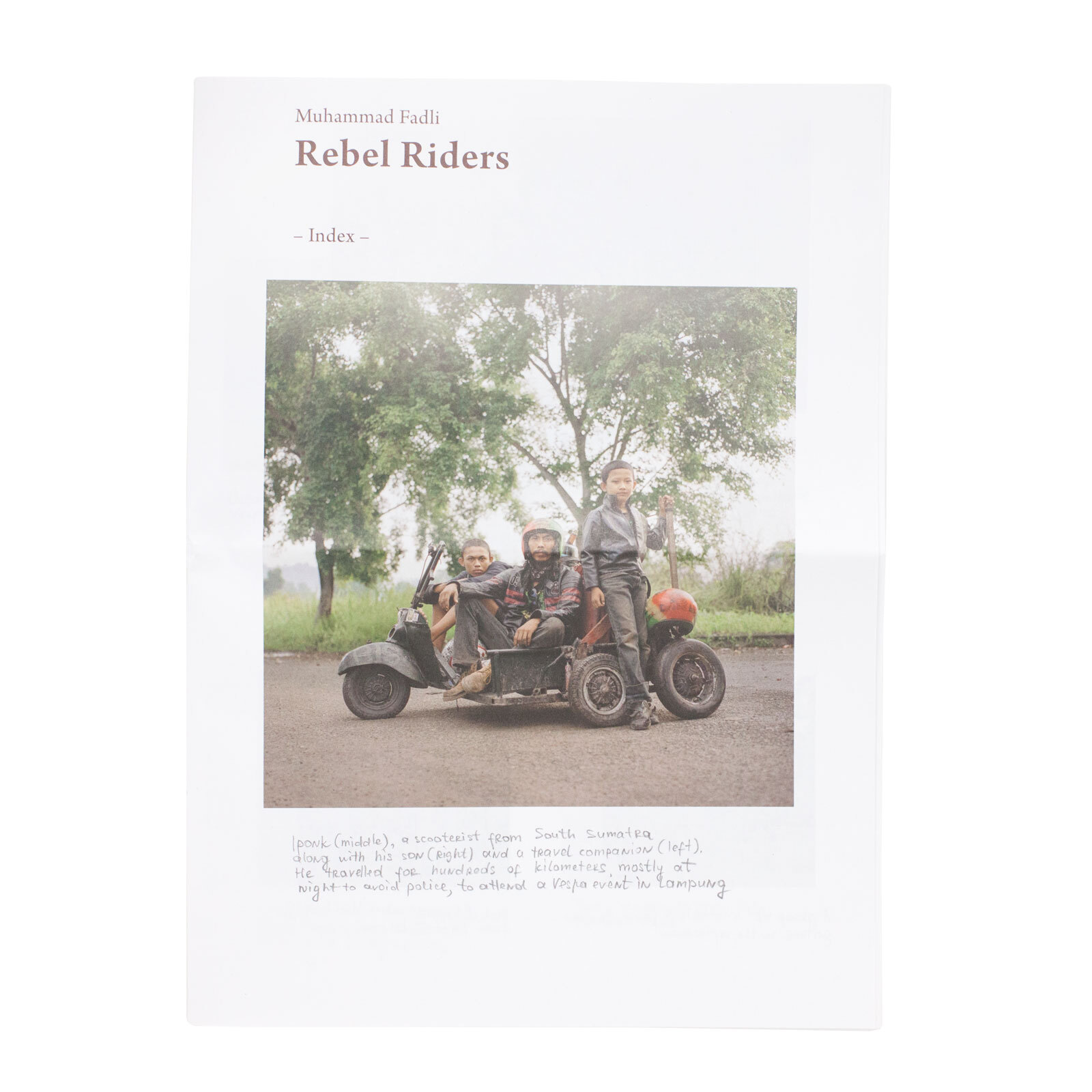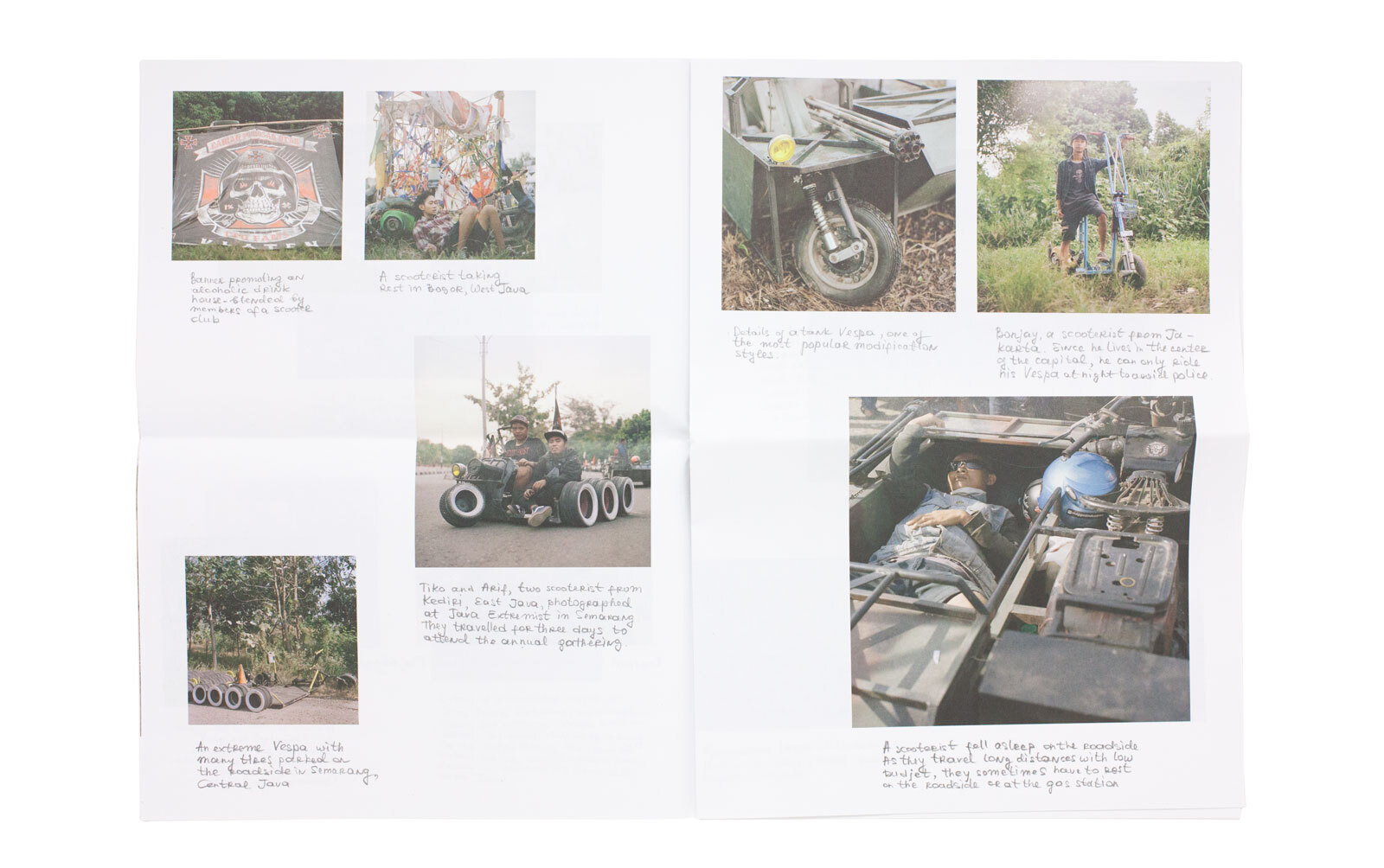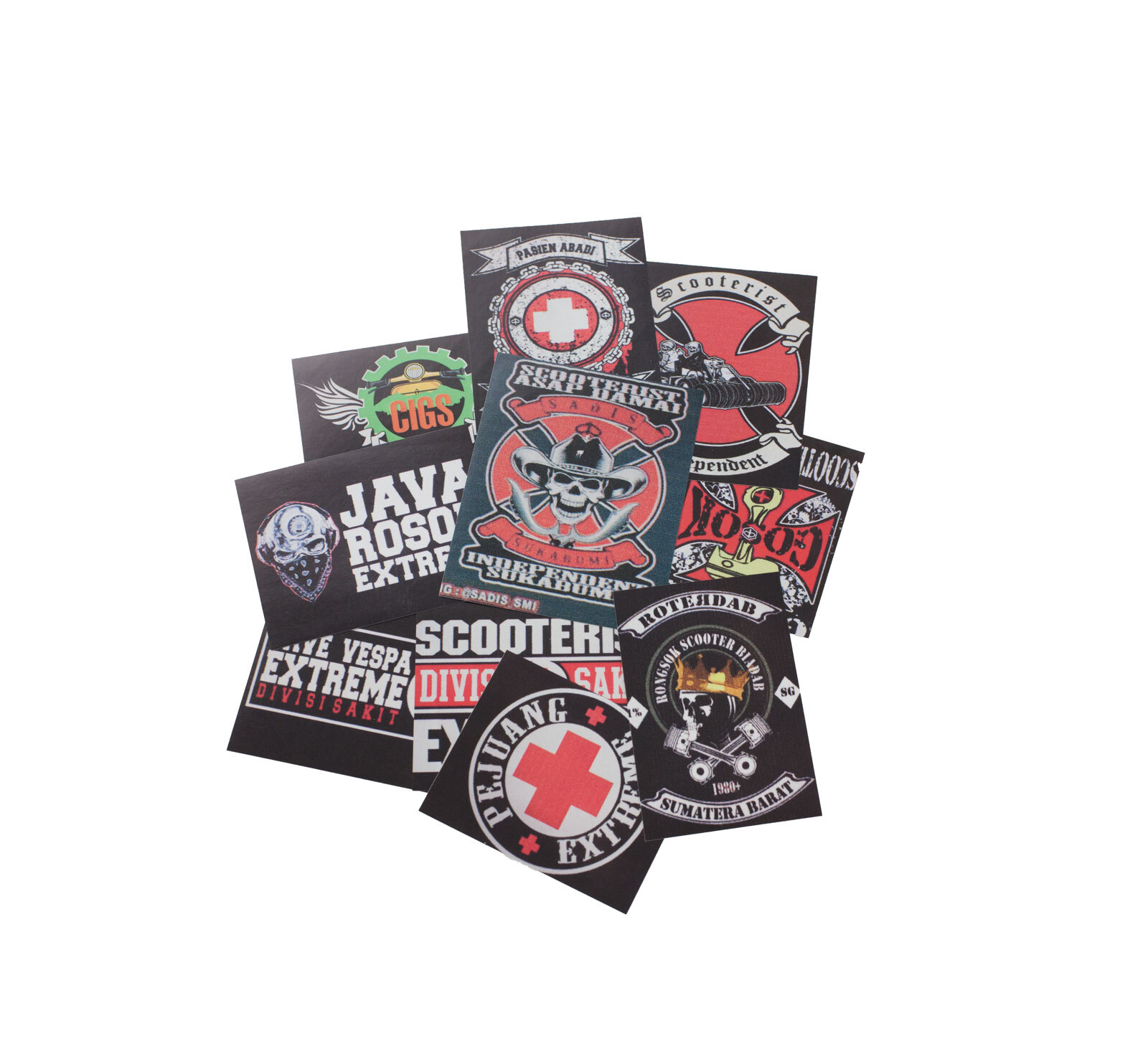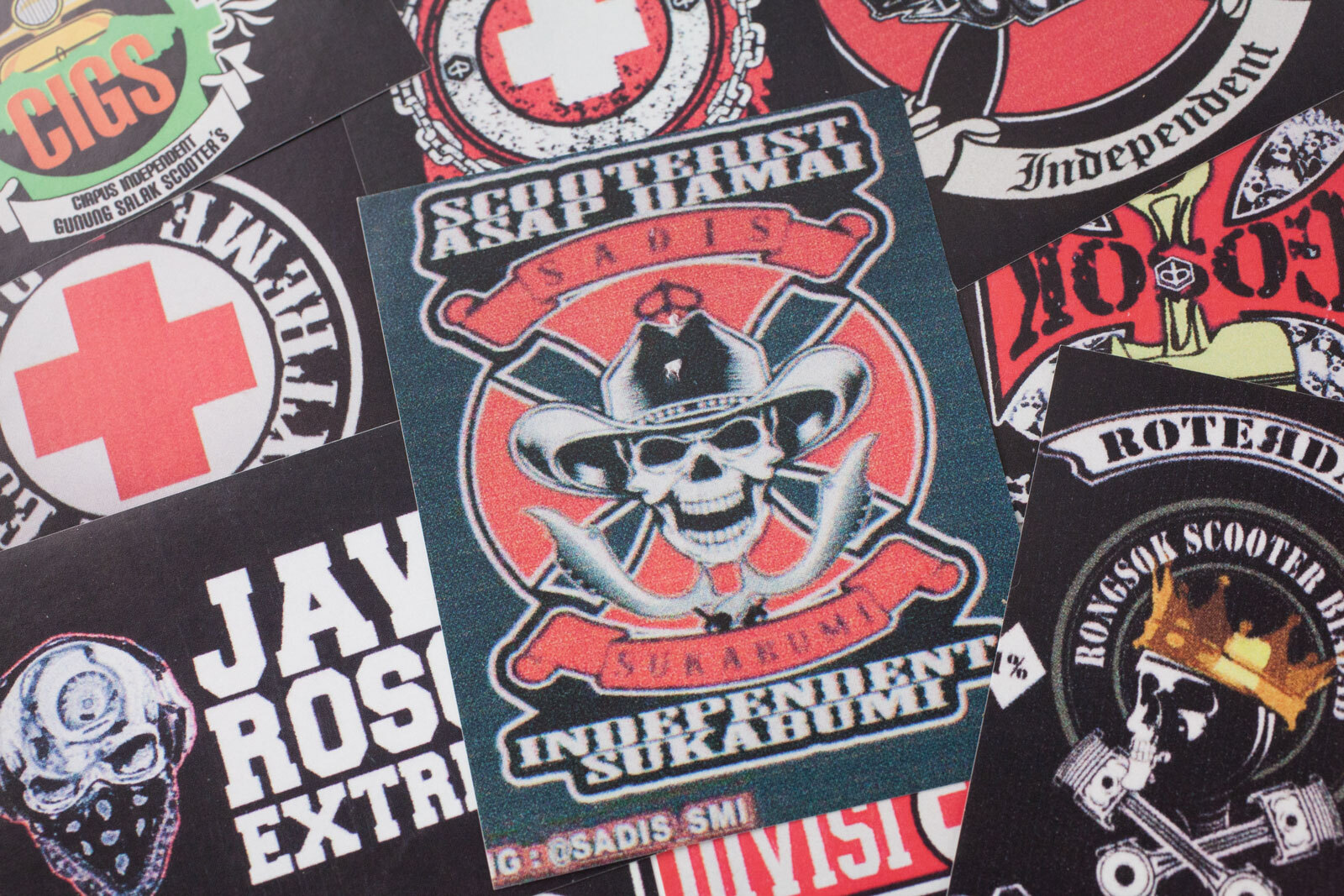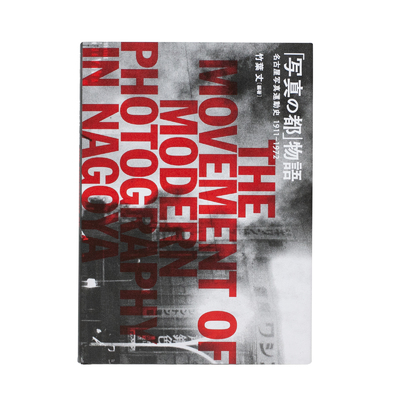Rebel Riders
Muhammad Fadli traveled through Indonesia to document the local modifications of the iconic Italian Vespa motorcycle, called “Vespa extreme” by their owners and “Vespa sampah” (“garbage Vespa”) by others.
“The earliest version that can be seen on the street dates back to the 1960s, when the Indonesian peacekeeping mission in Africa returned to the country and was awarded Vespa bikes by the government. In many cities across the archipelago Vespa communities thrive. Although most of them adore classic Vespas, some take their obsessions to the next level by transforming the originals into versions never imagined by Piaggio.”
Fadli’s photographs depict incredible creations: while some of the vehicles he captured still bear some resemblance to the original bikes, others seem like post-apocalyptic visions, mobile homes with plastic bottle walls moving on more than twenty tires, the Vespa’s motor the only remaining part. Others feature organic materials like tree logs or animal skulls; some could feature in Miller’s “Mad Max” universe. But they all display a level of ingenuity, creativity and love for the Vespa from which they originate.
“It is unclear how many extreme Vespas exist all over Indonesia. They may number in the thousands and can be found all over the Indonesian archipelago, even in its most remote areas. Most of them use Vespa engines from the late 80s or early 90s, as they are more powerful than the earlier versions. Although these Vespas seem to be designed for show, they can actually be ridden. Riding them for thousands of kilometers is very common, though they are not really roadworthy.”
—from the publisher’s description
$44.18
Checkout This item has been added to your cart.
- Book Size
- 200 × 280 mm
- Pages
- 128 pages
- Binding
- Hardcover
- Supplement/index
- 260 × 360 mm, folded, 24 pages
- Publication Date
- 2018



